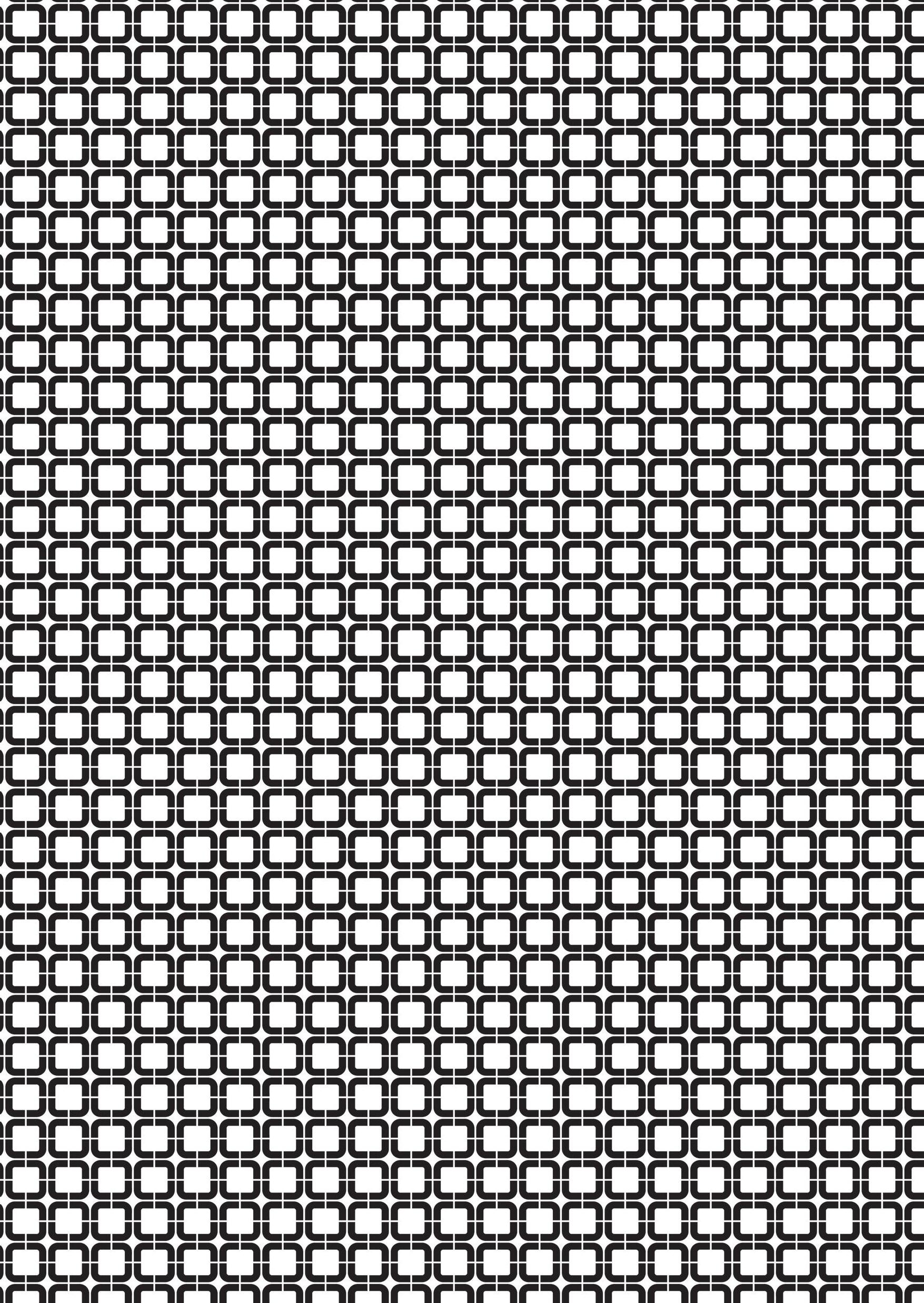
NORTH ISLAND GUIDE


NORTH ISLAND GUIDE




DRAINAGE REQUIREMENTS
As the primary function of a spouting or guttering system is the dispersal of rainfall from a roof area into a stormwater drain, it is important to have adequate sizing and placement of downpipes. The drainage requirements are influenced by a wide range of factors, including regional rainfall intensity and roof pitch. Note that while most urban areas in New Zealand are subject to 100mm/hr rainfall intensity, some are not – your Territorial Authority can confirm. Designers should refer to Acceptable Solution E1/AS1 of the New Zealand Building Code for further information.

Typical maximum areas for residential spoutings and popular downpipe sizes are summarised in the table below. For example:
• Select spouting = Customline
• Select rainfall = 100mm/hr
• Select roof pitch = 30º
Therefore, outlets should take a maximum of 54m2 of roof area each.
Downpipe placement can have a substantial impact on the effective roof area being served by a downpipe or section of spouting.
To perform satisfactorily spoutings should have a consistent fall towards the nearest outlet to promote drainage and avoid ponding. The recommended minimum fall for external spoutings is 1:500, or 2mm fall for every metre of run.
HANDLING AND STORAGE
Care must be taken to avoid damage by handling and storage. The product should be handled with care to preserve the quality of the finish and stored clear of the ground on site. Do not drag any other building materials or roof sheeting over the fascia or spouting. Due care must be taken when lifting long lengths.
Note:

INSTALLATION
• Cutting must be done by shear using tin snips, or by hacksaw.
• Fasteners must be compatible with the materials used.
• The use of abrasive disc cutters or grinders above or adjacent to the products by roofers or other trades, is against trade practice and must be avoided, otherwise swarf staining will result.
• Do not use black lead pencils for marking products.
• During fixing, the spouting must be cleaned of all loose debris.
• At all times, contact with wet concrete, lime, mortar acids and treated timber must be avoided.
• On completion, the whole area can be cleaned by hosing and soft brushing.
• Residential spoutings should have brackets spaced at a
900mm under normal conditions.